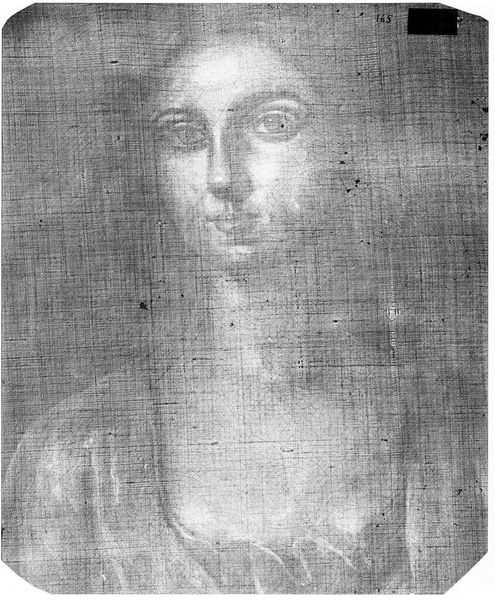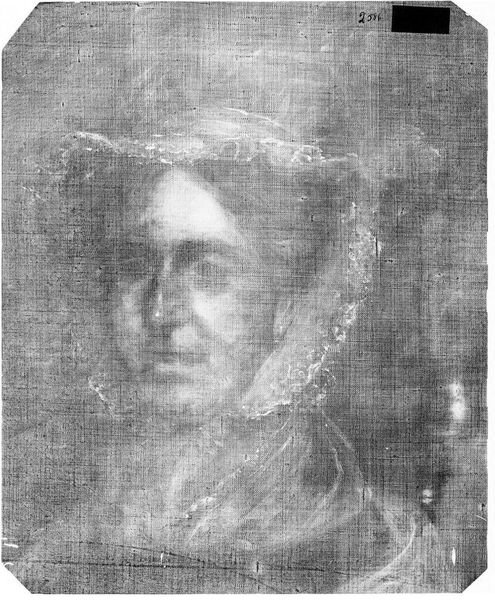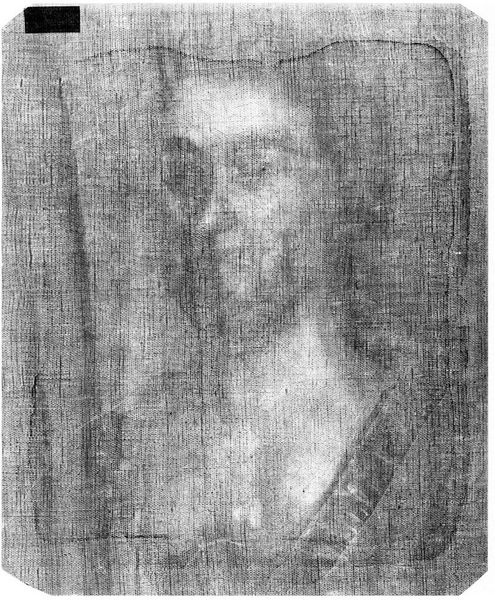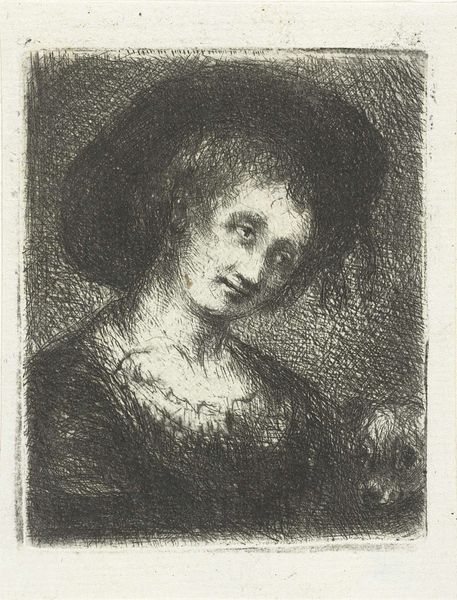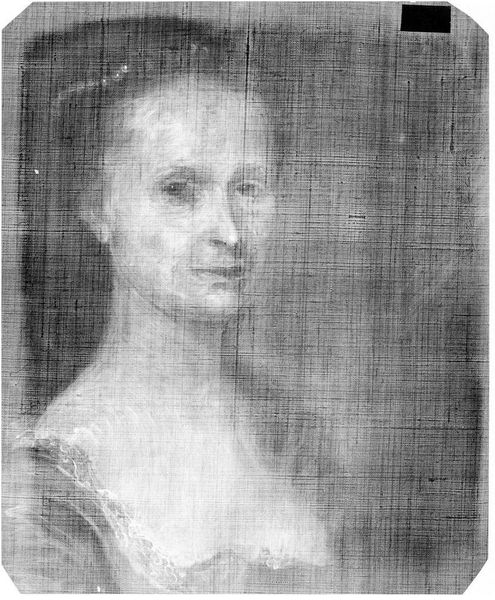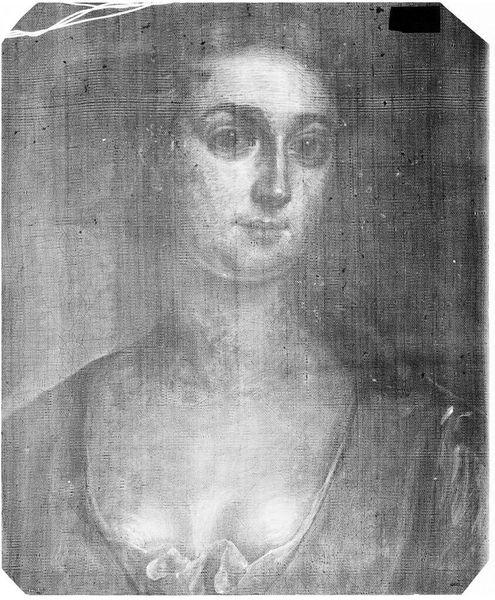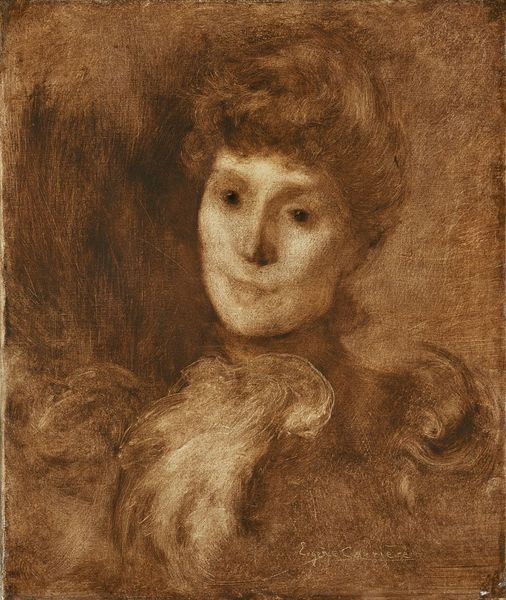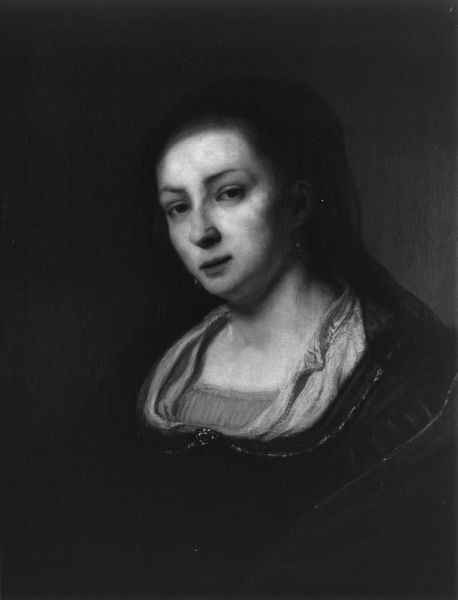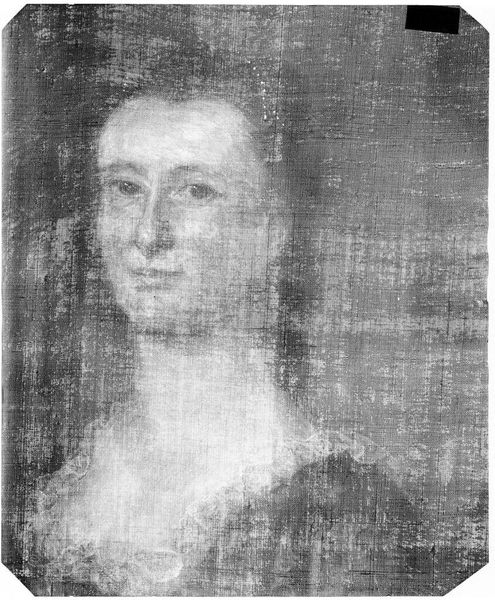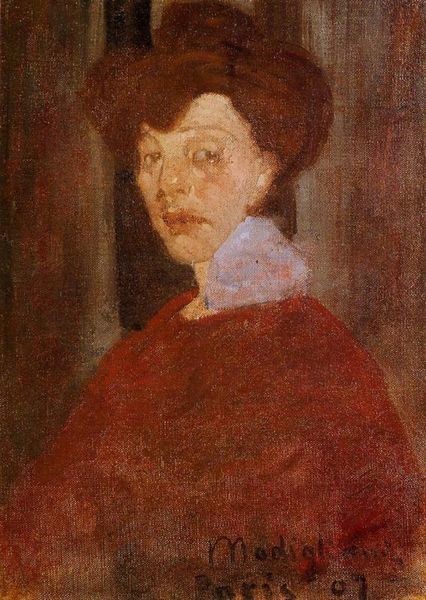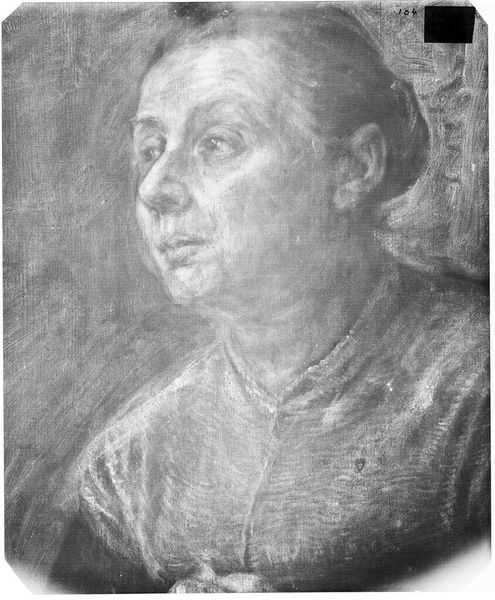
Copyright: Public domain
Thomas Eakins made this oil on canvas sketch of Maybelle, during the late 19th century in the United States. The muted palette and the sitter’s gaze offer a glimpse into the visual codes of American realism, which favored sincerity over the superficiality of the Gilded Age. Eakins was part of a cultural shift, influenced by European realism but distinctly American in its democratic spirit. Consider Eakins's fraught relationship with the art establishment. His commitment to realism, particularly in depicting the human body, often clashed with the conservative social mores of the time and the established academic art institutions. His teaching methods, which included the use of nude models, led to controversy and ultimately his dismissal from the Pennsylvania Academy of the Fine Arts. To fully understand Eakins, one must examine the social and institutional context in which he worked, consulting archives, letters, and critical reviews to piece together the complex narrative of an artist who challenged the norms of his time.
Comments
No comments
Be the first to comment and join the conversation on the ultimate creative platform.

